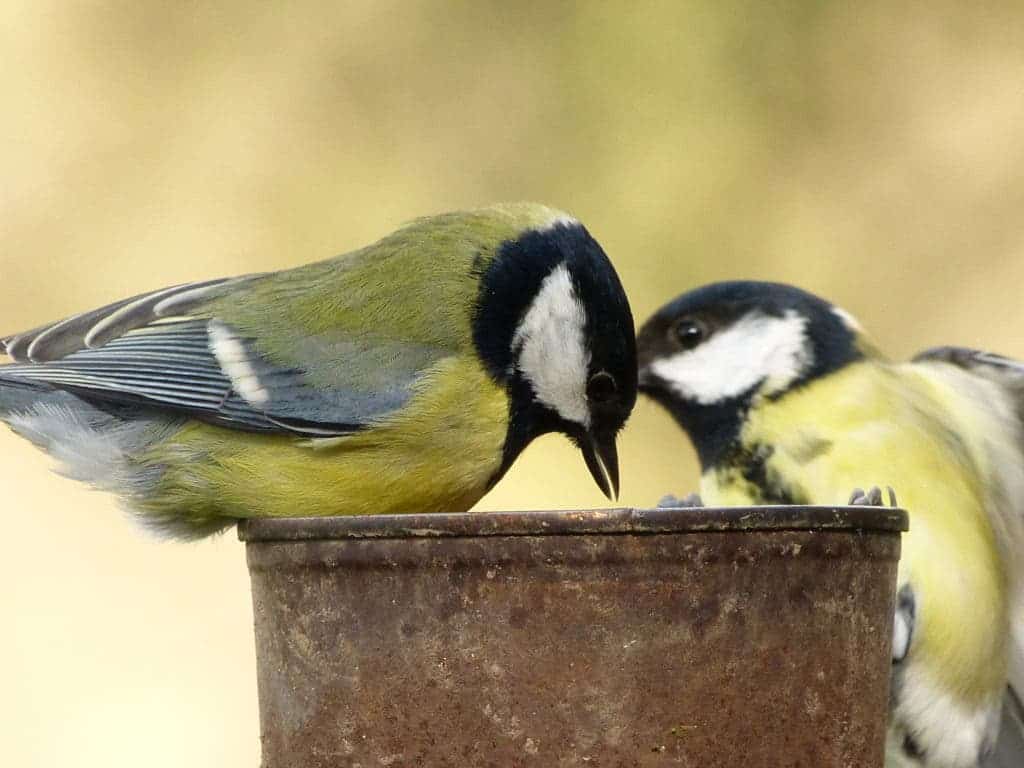Birds helped early biologists develop the theory of evolution. Now, they’re showing us that evolution is still happening every day.
Setting up a bird feeder is one of the simplest ways to interact with wild birds. You probably either know exactly what I’m talking about or have no idea. That’s because bird feeders are very popular in some parts of the world, and almost unheard of in others. In the United Kingdom for instance, they’re a hit; and in the Netherlands, they’re not. Biologists wanted to see if this is having some effect on local birds, and they came up with some fascinating clues.
Great tits (Parus major) are some of the most common and most loved wild birds in Europe. As part of a long-term study, researchers from Netherlands and England screened DNA from more than 3,000 birds, looking for genetic differences between them — differences that might have been brought by natural selection.
“We know that evolution by natural selection produces peacocks’ tails and giraffes’ necks and that sort of thing,” says Spurgin, whose findings were published today in Science. “But it also works in much more subtle ways that are much more difficult to observe.”
Specifically, they were looking at genes which in humans affect face shape, and in great tits affect beak length. The driver of this change is believed to be the bird feeder, which allows birds with longer beaks to access more of the seeds. Indeed, researchers noticed a change in British tits, while Dutch tits remained unchanged. In only a few generations, evolutionary pressure started encouraging tits with longer beaks. Researchers also noticed that frequent visitors to bird feeders had longer beaks.
“Between the 1970s and the present day, beak length has got longer among the British birds. That’s a really short time period in which to see this sort of difference emerging,” says Professor Jon Slate, of the Department of Animal and Plant Sciences at the University of Sheffield.
“We now know that this increase in beak length, and the difference in beak length between birds in Britain and mainland Europe, is down to genes that have evolved by natural selection.”
Arkhat Abzhanov, a researcher in evolution and developmental genetics at Imperial College and Natural History Museum in London, called the study “a particularly good example” of combining genetic studies with the correlation of physical attributes.
To us, it’s a great reminder that evolution is still actively happening around us — and sometimes, we are the ones causing it.
Journal Reference: Mirte Bosse et al. Recent natural selection causes adaptive evolution of an avian polygenic trait. DOI: 10.1126/science.aal3298










